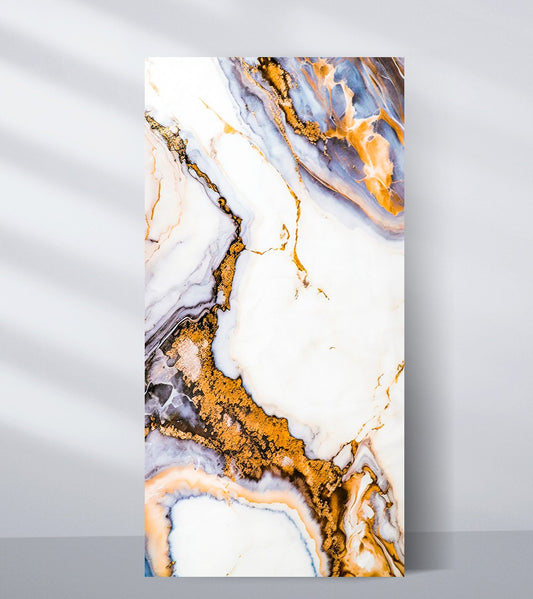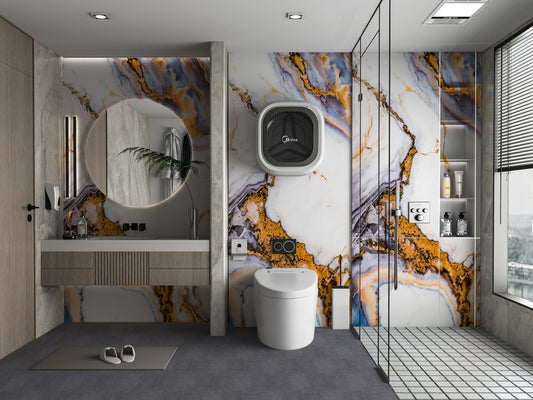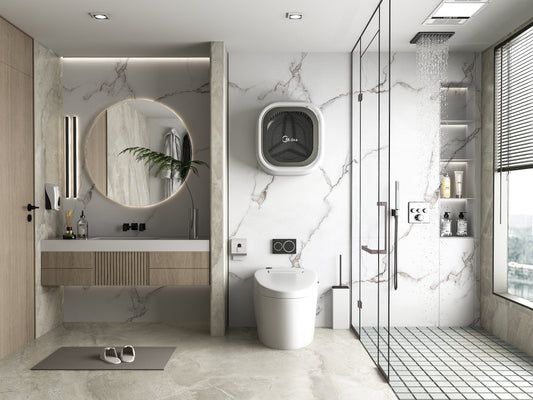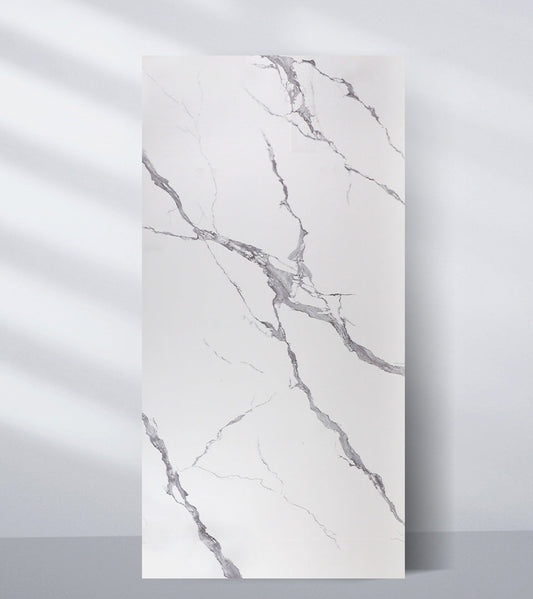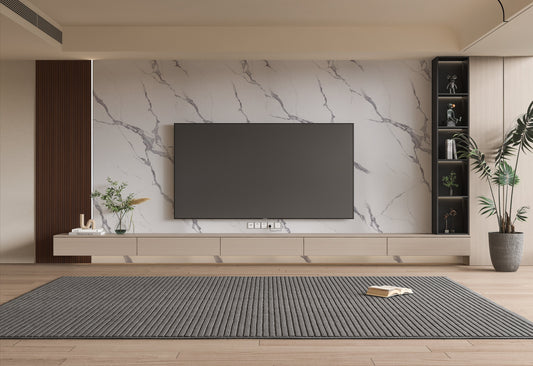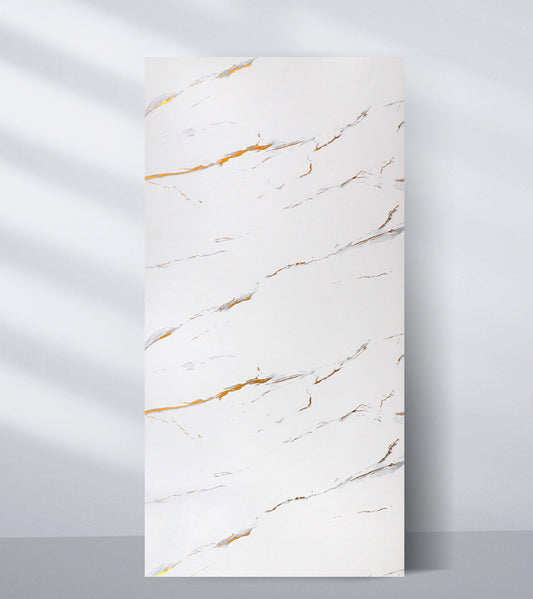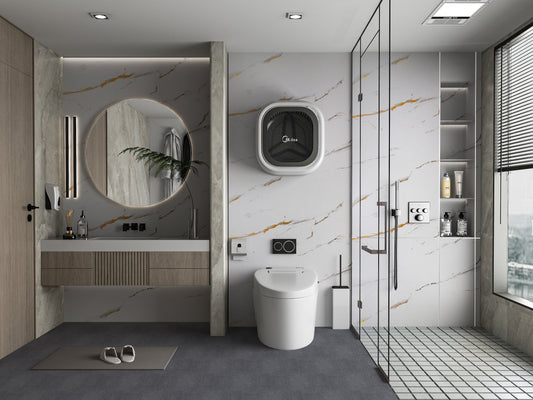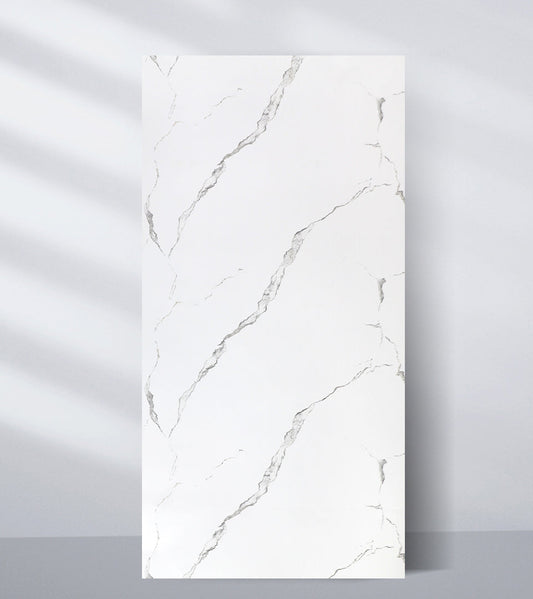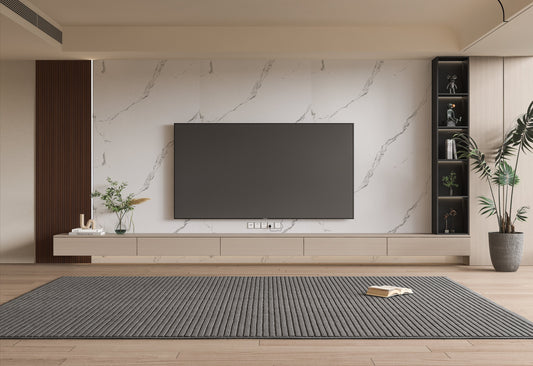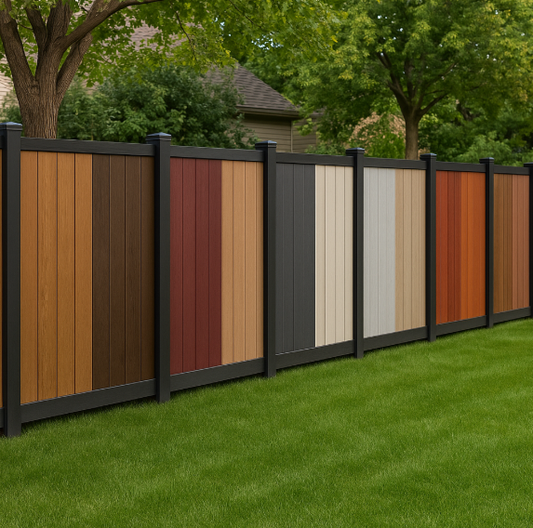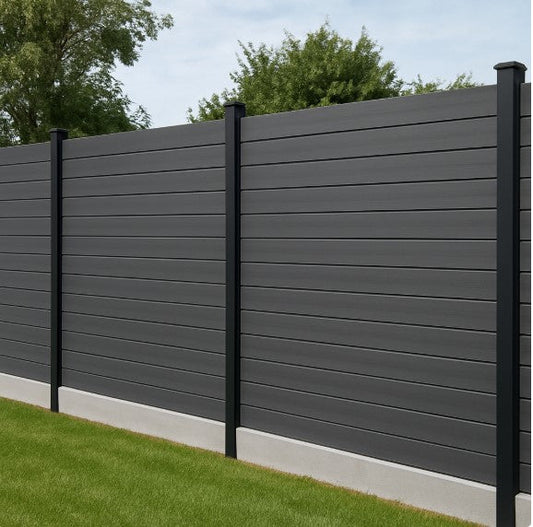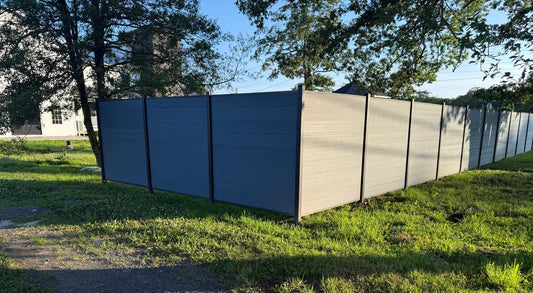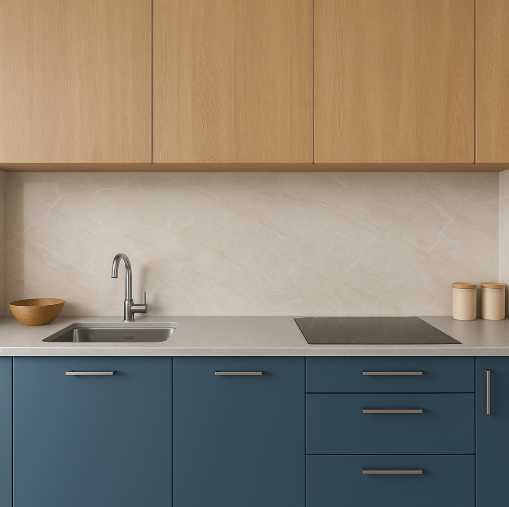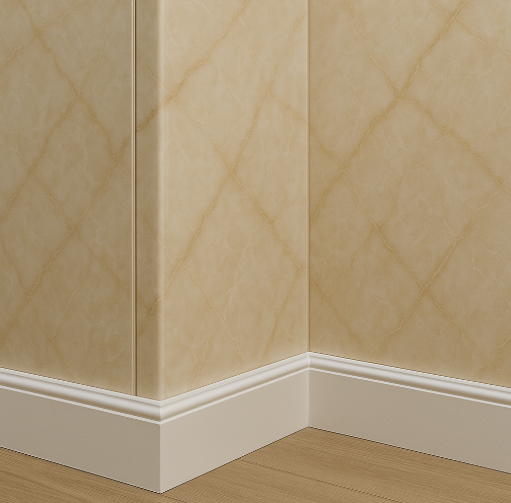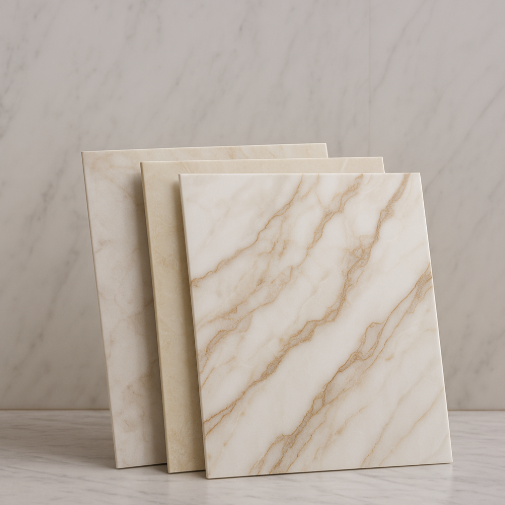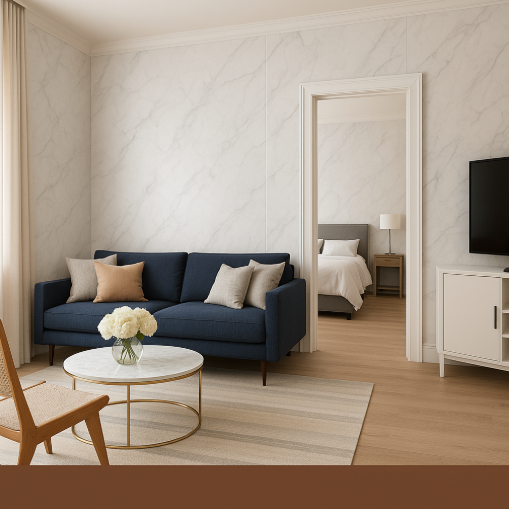When it comes to selecting the right exterior siding for your property, durability is a top priority. The battle between composite cladding vs wood has been a long-standing debate among homeowners, architects, and contractors. While traditional wood siding offers a classic, natural look, modern composite cladding boards are emerging as the superior choice for long-lasting performance with minimal upkeep.
In this blog, we’ll break down the key differences between composite and wood siding, compare their lifespans, and help you understand why more builders are making the switch to composite siding solutions.
What Is Composite Cladding?
Composite cladding is a modern, engineered siding material made from a blend of recycled wood fibers, plastics (like polyethylene or PVC), and bonding agents. These components are fused together under high heat and pressure to create strong, weather-resistant panels that mimic the look of natural wood without the drawbacks.
It’s available in various profiles, finishes, and colors making it a popular choice for modern exterior cladding design. Composite panels are known for being low maintenance, weatherproof, and long-lasting, offering exceptional value over time.
What Is Wood Cladding?
Wood siding, on the other hand, is made from natural timber such as cedar, redwood, or pine. It’s appreciated for its authentic aesthetic and warmth, often seen in craftsman-style homes, cabins, and luxury builds. But despite its beauty, wood cladding requires consistent maintenance, including sealing, staining, or painting, to protect against moisture, insects, and rot.
Popular types of wood siding include:
- Clapboard
- Shingles and shakes
- Board-and-batten
- Vertical and horizontal planks
 |

|
Durability Comparison: Composite Cladding vs Wood
1. Lifespan and Weather Resistance
Composite cladding panels typically last 30 to 50 years or longer, depending on the quality of the material and installation. They are specifically designed to withstand:
- Moisture and water infiltration
- UV damage from the sun
- Temperature fluctuations
- Mold and mildew growth
- Termite and insect damage
In contrast, wood siding may last 15 to 30 years, but only with regular upkeep. It’s vulnerable to:
- Cracking and warping from moisture
- Fading and discoloration from sun exposure
- Termite and pest infestations
- Rot and mold without proper treatment
Verdict: Composite siding clearly wins in terms of long-term durability and resilience against weathering.
2. Maintenance Requirements
Maintaining a wood exterior can be labor-intensive and costly over time. Wood needs to be painted or sealed every 3–5 years to prevent decay, and repairs are often needed if water damage sets in.
In contrast, composite siding is virtually maintenance-free. Occasional rinsing with a hose or light cleaning with soap and water is usually all it needs. There’s no repainting, resealing, or pest treatment involved.
Verdict: Composite cladding is the best choice for homeowners seeking low maintenance siding options.
3. Aesthetic Longevity
Both composite and wood offer great curb appeal initially. However, wood is prone to fading, cracking, and staining over time, especially in wet or sunny climates. Even with treatment, wood siding tends to lose its charm unless regularly restored.
Composite cladding, on the other hand, features UV-resistant coatings that retain their original look for decades. Many manufacturers offer fade-resistant warranties for up to 25 years or more.
Verdict: Composite boards deliver better long-term aesthetic value with less effort.
Environmental Impact and Sustainability
Sustainable siding options are becoming more important for eco-conscious homeowners. While natural wood is biodegradable and renewable, the deforestation concerns and chemical treatments often used to preserve it can reduce its environmental appeal.
Composite cladding is often made from recycled wood and plastic, keeping waste out of landfills. Plus, it requires fewer resources over its lifetime due to its minimal maintenance needs and extended lifespan.
Verdict: Composite siding can be considered a more eco-friendly cladding solution when factoring in lifecycle impact.
 |

|
Cost Comparison: Composite Cladding vs Wood
Initial Cost
- Wood siding is typically cheaper upfront, ranging between $3 to $8 per square foot, depending on the type of wood and treatment.
- Composite cladding boards may cost $6 to $12 per square foot, depending on the brand and finish.
Long-Term Value
When you consider long-term maintenance, repairs, and replacement costs, wood becomes significantly more expensive over time. Painting, sealing, and pest control can add thousands of dollars in upkeep over 20–30 years.
Composite cladding, with its extended lifespan and minimal upkeep, offers a much higher return on investment (ROI) in the long run.
Verdict: While wood siding might save you money in the short term, composite cladding offers greater long-term value.
Popular Styles & Applications of Composite Cladding
Beyond longevity, homeowners are choosing modern composite siding for its versatile design options. Some trending styles include:
- Wood-look finishes that resemble cedar, oak, or walnut
- Vertical and horizontal slats for contemporary architecture
- Shiplap and tongue-and-groove panels
- Contrasting trim profiles for architectural accents
Composite siding is suitable for:
- Single-family homes
- Multifamily buildings
- Commercial offices
- Renovation projects
Composite Cladding: Key Benefits Recap
Here are the top reasons why composite cladding lasts longer than wood and is increasingly favored:
✅ Resistant to rot, insects, mold, and UV rays
✅ No warping, cracking, or splitting
✅ Minimal maintenance
✅ Fade-resistant finishes
✅ Sustainable material option
✅ High ROI for home improvement projects
Is Composite Cladding Right for Your Home?
If you’re building or renovating a home and want siding that offers durability, beauty, and low maintenance, composite cladding is a smart investment. While natural wood has undeniable charm, the long-term performance of composite materials makes them the better choice for coastal, humid, or high-sun areas.
For homeowners focused on modern design, energy efficiency, and home value, composite siding is the future-proof solution.
Final Verdict: Which Lasts Longer?
Composite cladding is the clear winner when it comes to lifespan, durability, and maintenance. It may cost a bit more upfront, but the savings in upkeep and replacement over decades make it a wise choice for any property.
If you're ready to explore composite siding solutions that combine performance with aesthetics, Accel Inc offers a wide range of premium composite cladding boards to suit every project.

